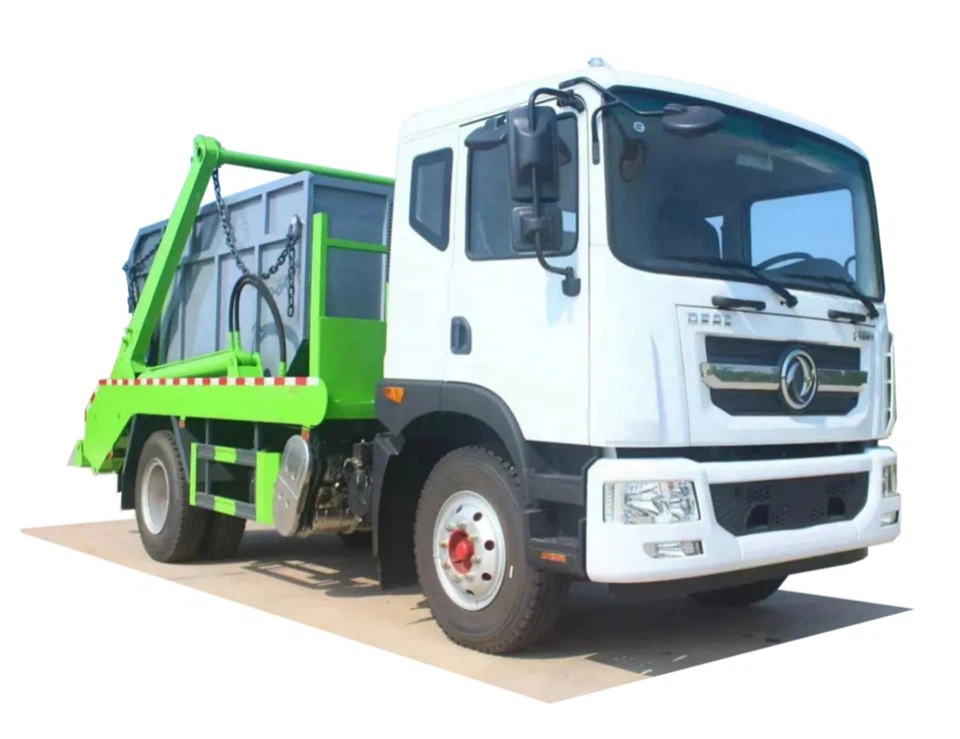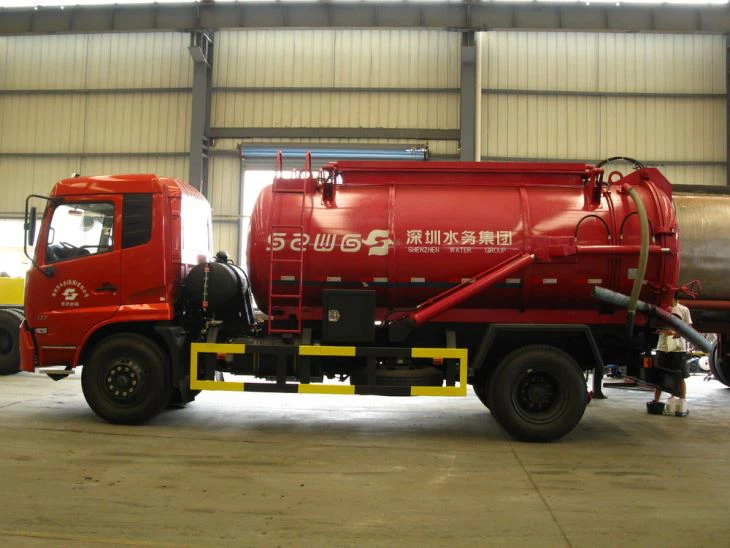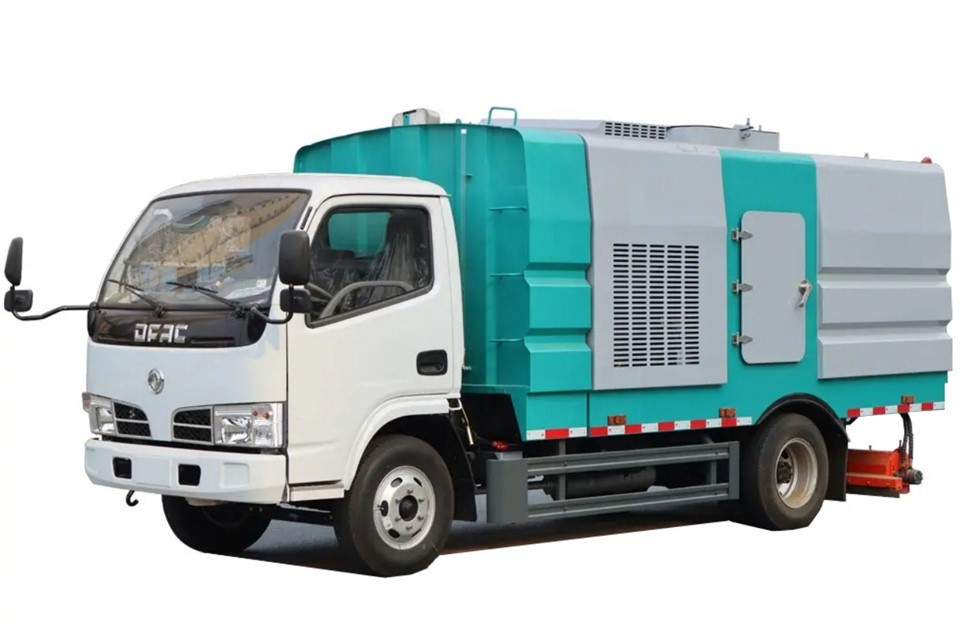The Comprehensive Guide to the Capacity of Fuel Trucks

Fuel trucks play a vital role in the logistics and transportation of different types of fuels across various industries. Understanding the capacity of fuel trucks is essential for ensuring efficiency in transportation, compliance with regulations, and effective planning for fuel distribution. In this article, we will explore the different aspects of fuel truck capacities, including types, features, and practical applications.
Understanding Fuel Truck Capacities
Fuel trucks are specialized vehicles designed to carry liquid fuels. Their capacity is a critical measure that influences operational efficiency. Fuel truck capacity typically refers to the volume of fuel that a truck can safely carry, measured in gallons or liters. Knowing this capacity is crucial for businesses that rely on fuel delivery.
Factors Influencing Fuel Truck Capacity
- Type of Fuel: Different fuels have different densities, affecting how much can be loaded.
- Truck Size: The overall size and design of the truck will dictate how much fuel it can carry.
- Regulatory Compliance: Government regulations may limit the amount of fuel a truck can transport.
Types of Fuel Trucks
Fuel trucks come in various types catering to different fueling needs. The most common types include:
- Tankers: These trucks are designed primarily for transporting bulk liquid fuels.
- Refueling Trucks: Used for on-site refueling operations, especially in construction and agriculture.
- Transport Trucks: These are larger vehicles suitable for long-haul fuel transportation.
Typical Capacities of Fuel Trucks
Fuel truck capacities can vary significantly based on type and specifications. Here’s a breakdown of some typical fuel truck capacities:
| Type of Fuel Truck | Typical Capacity (Gallons) | Typical Capacity (Liters) |
|---|---|---|
| Standard Fuel Tanker | 3,000 – 8,000 | 11,356 – 30,283 |
| Fueling Trailer | 1,000 – 6,000 | 3,785 – 22,700 |
| Small Refueling Truck | 500 – 2,500 | 1,892 – 9,464 |
Choosing the Right Fuel Truck for Your Needs
When selecting a fuel truck, consider your specific needs based on capacity, size, and fuel type. Here are some practical tips for making the right choice:

- Assess Your Fuel Requirements: Determine how much fuel you need to transport regularly.
- Evaluate Delivery Locations: Consider whether you need a truck that can navigate through tight spaces or rough terrain.
- Examine Usage Frequency: The frequency of use will influence the type of vehicle that’s best suited for your operations.
Compliance and Safety Standards
All fuel trucks must comply with safety regulations. Compliance ensures safe transportation and minimizes risks of spills or accidents. Important regulations include:
- DOT Regulations: Each fuel truck must meet Department of Transportation safety standards.
- Environmental Protection Agency (EPA) Guidelines: Trucks must adhere to EPA guidelines to prevent environmental hazards.
Maintenance Considerations for Fuel Trucks
Regular maintenance is crucial for fuel trucks to ensure safety and operational efficiency. Follow these tips for effective maintenance:

- Routine Inspections: Conduct daily checks for leaks, tire condition, and brake performance.
- Fluid Checks: Monitor fuel levels, engine oil, and coolant levels regularly.
- Safety Equipment: Ensure safety equipment is functional, including fire extinguishers and spill kits.
Practical Examples of Fuel Truck Utilization
To illustrate the importance and application of fuel truck capacities, here are practical examples from various industries:
1. Agriculture
A large farming operation may require a refueling truck with a capacity of around 3,000 gallons to keep machinery running. This capacity allows for multiple on-site refuels without excessive downtime or trips to the fuel station.
2. Construction

Construction sites often utilize smaller refueling trucks with a capacity of 1,200 gallons to ensure that equipment is fueled onsite, avoiding delays due to fuel shortages.
3. Aviation
Aviation fuel trucks can vary greatly in capacity, with some designed to carry up to 5,000 gallons specifically for airport refueling. Their specialized design allows fast refueling of aircraft while adhering to strict safety standards.
FAQs About Fuel Truck Capacity
1. What is the average capacity of a fuel truck?
The average capacity of a fuel truck ranges from 3,000 to 8,000 gallons, depending on its type and intended use.
2. How is fuel truck capacity measured?
Fuel truck capacity is typically measured in gallons or liters and can be checked based on the truck’s specifications provided by the manufacturer.
3. Are there regulations that limit fuel truck capacities?
Yes, various federal and state regulations can impose limits on the maximum capacity of fuel trucks to promote safety and environmental protection.
4. Can fuel trucks be customized for different capacities?
Yes, fuel trucks can often be customized to specific capacities based on individual business needs and regulatory compliance.
5. How does the type of fuel affect truck capacity?
Different types of fuel have varying densities, impacting how much can be safely loaded onto a truck. For example, diesel is denser than gasoline, therefore fewer gallons can fit in the same space.
6. What maintenance is necessary for fuel trucks?
Regular inspections, checking for leaks, monitoring fluid levels, and ensuring safety equipment is functional are critical for maintaining fuel trucks.
Understanding the capacity of fuel trucks is essential for effective fuel management and transportation strategies across diverse sectors. By considering the various factors that influence capacities and choosing the right type based on specific needs, businesses can enhance their operational efficiency while maintaining compliance and safety standards.
